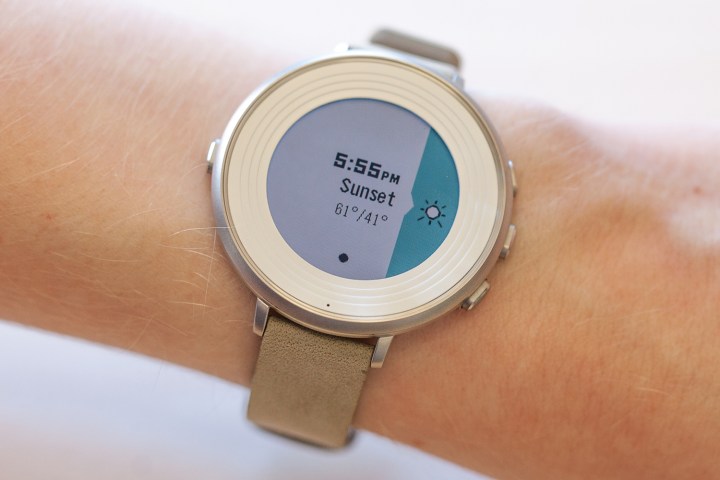
When the ability to reply from the wrist with an iPhone and Pebble watch first launched in November, it was unfortunately only available for AT&T users, but thanks to the new update to Version 3.11, Verizon users can now take advantage of the feature.
While it may seem like a small update, the fact that Pebble devices can now integrate with iMessage to send replies is a pretty big deal. Apple designed iOS to be notoriously closed off when it comes to third-party integration, making it hard for Pebble to make all its Android features accessible on iOS. As such, interactions between Pebble watches and the iPhone have been limited to notifications and a few controls.
The update brings a number of other cool new features to Pebble Time users, too. Pebble promises that sleep tracking is more accurate with the update, and support has been added for daytime naps that are longer than one hour. A new snooze feature is also in the update, bringing alerts closer to the start time of any particular event. Last but not least is the addition of new vibration patterns.
The Pebble app is also getting a name change. Previously called “Pebble Time,” the app will now be known as simply “Pebble.” The old app will be called “Pebble Old Version.” This is because all of Pebble’s watches will be able to run firmware 3.0 and above, not just the Time models. To download the new app for yourself, head to the Google Play Store or the App Store.
Editors' Recommendations
- This one Apple Fitness feature completely changed how I exercise
- Nomad’s new iPhone case and Apple Watch band may be its coolest yet
- 5 phones you should buy instead of the iPhone 15
- Why you should buy the iPhone 15 Pro instead of the iPhone 15 Pro Max
- iPhone SE 4: news, rumored price, release date, and more


